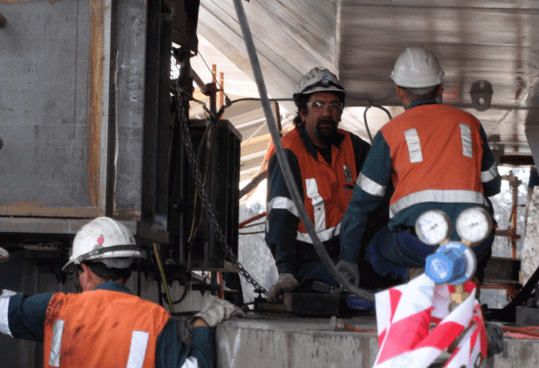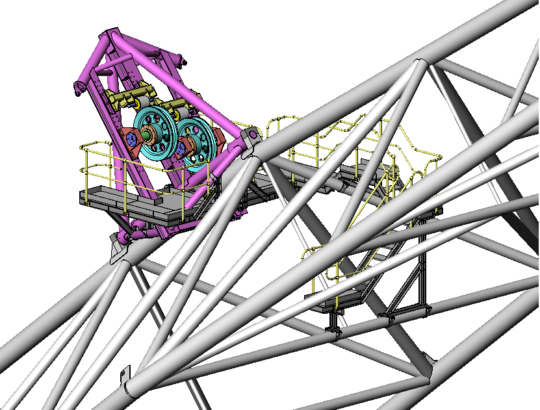
Strain Gauge Testing Australia-Wide
Strain gauge tests are an essential tool in the approval procedure for numerous constructions. They provide a distinctive means of setting up the static as well as dynamic loads on a framework. Even with the advent of Finite Element Analysis (FEA) methods, strain gauges measurement are still required to verify the FEA models.
What We Can Do For You…
When the stakes are high, you need evidence that a design will work as expected and require verification about machine or material behaviour. It’s crucial that engineers have accurate stress data to compare to theoretical estimates.
We use strain gauging to provide a reality check for engineers on draglines, shiploaders, cranes, hydraulic testing rigs and other industrial applications.
Our experience and understanding of material stresses in mechanical equipment means that we can provide high quality data acquisition of surface strain measurements, in both static and dynamic environments. Using the measured information, we are able to offer practical, viable solutions for all your equipment repairs or upgrades.
Critical Applications for Strain Gauging
The following are a few of the common applications strain gauges are used for.
Fatigue Analysis: Measuring stress ranges to estimate the residual life.
End-of-life determination: Long-term strain gauge measurement – Monitor trend to provide reactive maintenance.
Torque measurements: Quantify torque in a rotating shaft.
Dynamic stress analysis: Measure stress difference over time.
Verification of analysis models: comparing actual stress vs. simulated stress.
Weight of dragline or critical plant: strain gauges are used in load cells to measure the weight.
-
Read More
We Provide the Edge …
Installing strain gauges correctly is a skill in itself. However, a different skill set is required to interpret and make sense of the measurement data to help make engineering recommendations.
This is where FIELD Engineers have the edge as we have strain gauge technicians, who are also consulting engineers. Our engineers would be able to provide a comprehensive recommendation or conclusion based on information from strain gauges.
Get More Information On Strain Gauging?
We have a team of qualified strain gauging technicians and have invested in state-of-the-art hardware and training for our team so you can be certain of our strain gauge results. Contact us so we can talk about your project and how we can help.

Recent case studies
Our diverse portfolio is a reflection of the expertise and skills FIELD Engineers possess and a testament to the commitment of our team.
